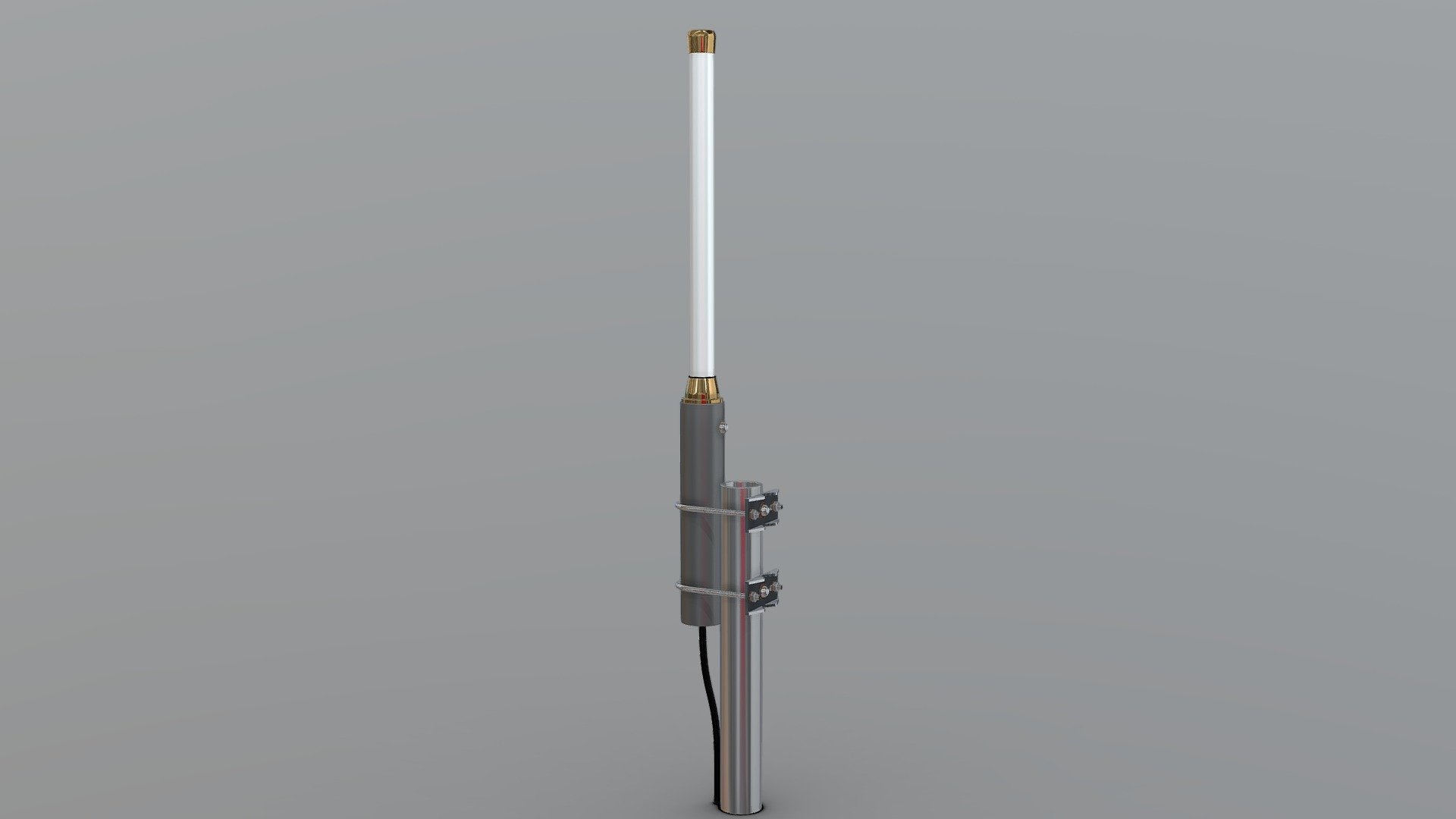
Omni Directional
sketchfab
The human body is a complex and fascinating machine that defies easy explanation. Despite being made up of around 60 trillion cells, it can function smoothly and efficiently for decades without ever requiring repair or replacement. This remarkable ability to maintain itself has led many scientists to describe the human body as a "self-healing" system, capable of repairing damaged tissues and regenerating lost limbs with ease. One of the key factors that makes this possible is the presence of stem cells, which are special types of cells that can differentiate into any other type of cell in the body. This means that if a person suffers an injury to their skin, for example, the stem cells will rush to the site and begin producing new skin cells to replace those that have been lost. But it's not just injuries that the human body is able to repair - it can also regenerate entire organs and tissues over time. For example, if someone loses a limb in an accident, their body can regrow a new one, complete with all the necessary nerves and muscles. And if someone suffers from a serious illness, such as cancer, their body can often fight back and restore itself to health. So how does this work? The answer lies in the way that our cells communicate with each other and work together to maintain the overall function of the body. It's a complex process that involves the release of special signals, called hormones, which help to coordinate the activity of different cell types and tissues. And it's not just about repair - the human body is also constantly adapting and evolving in response to changes in our environment and lifestyle. This remarkable ability to heal and regenerate itself is one of the most impressive features of the human body, and scientists are still working to understand the underlying mechanisms that make it possible. By studying how our bodies work and how they repair themselves, we may be able to develop new treatments for a range of diseases and injuries, and even extend our lifespan. The human body's ability to heal itself is not just limited to physical injuries - it can also respond to emotional and psychological trauma. For example, if someone experiences a traumatic event, their body will often go into "fight or flight" mode, releasing stress hormones that help them to cope with the situation. But over time, the body can begin to repair itself, recovering from the shock and moving forward. This is not just a matter of physical recovery - it's also about emotional healing. The human body has an incredible ability to adapt and change in response to our experiences, and this includes our emotional state. By learning how to manage stress and anxiety, we can help our bodies to heal and recover from difficult situations. In conclusion, the human body is a remarkable machine that is capable of amazing feats of repair and regeneration. From healing injuries to regrowing lost limbs, it's an incredible ability that has fascinated scientists for centuries. And by studying how our bodies work and how they respond to different challenges, we may be able to develop new treatments and therapies that can help us to live healthier, happier lives. The human body is a dynamic and ever-changing system that is constantly adapting to its environment. It's a complex web of cells, tissues, and organs that work together to maintain overall health and function. And at the heart of this system are the stem cells, which play a crucial role in repair and regeneration. Stem cells are like the "blueprint" for our bodies - they contain all the instructions needed to create new cells, tissues, and organs. They're able to differentiate into any other type of cell in the body, making them essential for growth, development, and maintenance. But stem cells aren't just limited to creating new cells - they also play a key role in repairing damaged tissues. When an injury occurs, stem cells rush to the site to begin producing new cells to replace those that have been lost. This process is called "regeneration," and it's a critical component of healing and repair. Regeneration is not just limited to physical injuries - it can also occur in response to emotional or psychological trauma. For example, if someone experiences a traumatic event, their body will often go into "fight or flight" mode, releasing stress hormones that help them to cope with the situation. But over time, the body can begin to repair itself, recovering from the shock and moving forward. The human body's ability to heal and regenerate itself is not just limited to individuals - it also applies to populations. For example, if a community is exposed to a disease or epidemic, their collective immune system will work together to fight off the infection. This process of "herd immunity" is essential for protecting public health. In conclusion, the human body's ability to heal and regenerate itself is a remarkable phenomenon that has fascinated scientists for centuries. By studying how our bodies work and how they respond to different challenges, we may be able to develop new treatments and therapies that can help us to live healthier, happier lives.
With this file you will be able to print Omni Directional with your 3D printer. Click on the button and save the file on your computer to work, edit or customize your design. You can also find more 3D designs for printers on Omni Directional.
